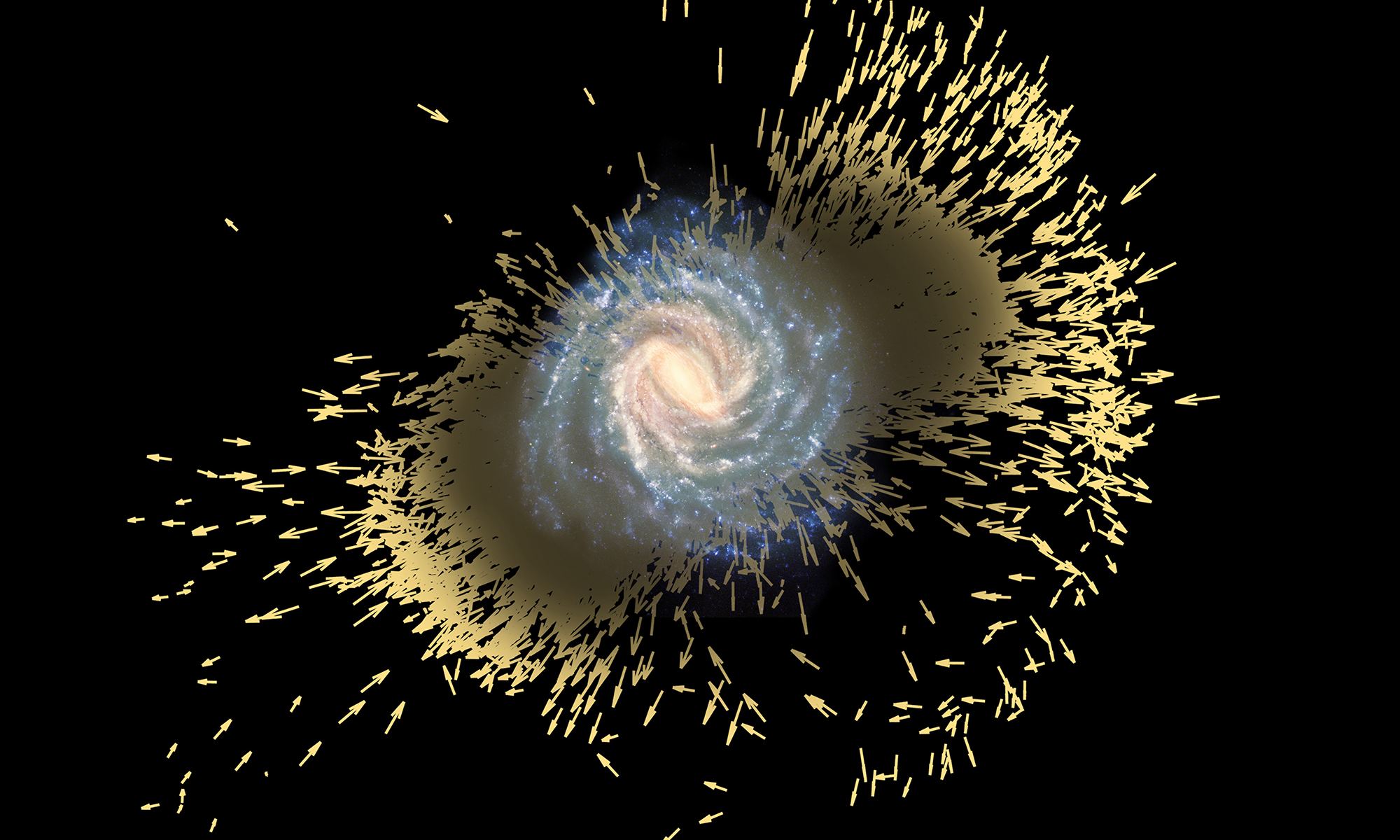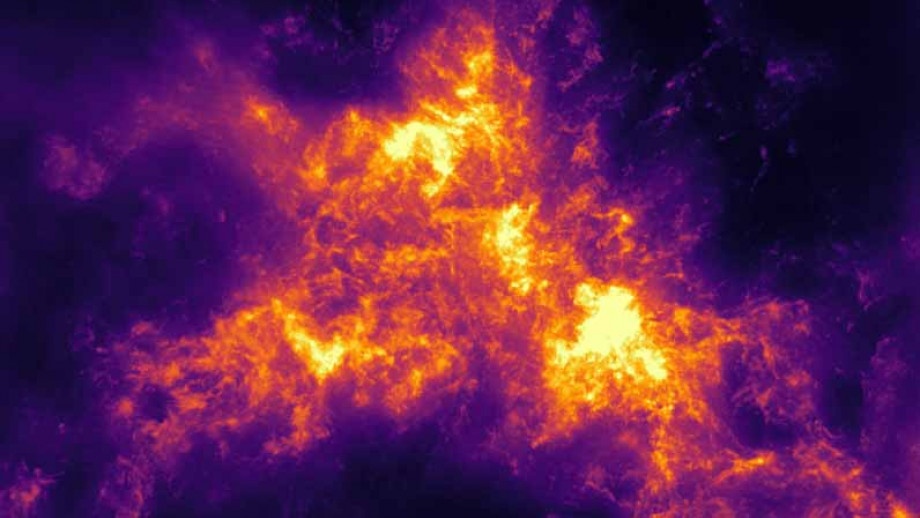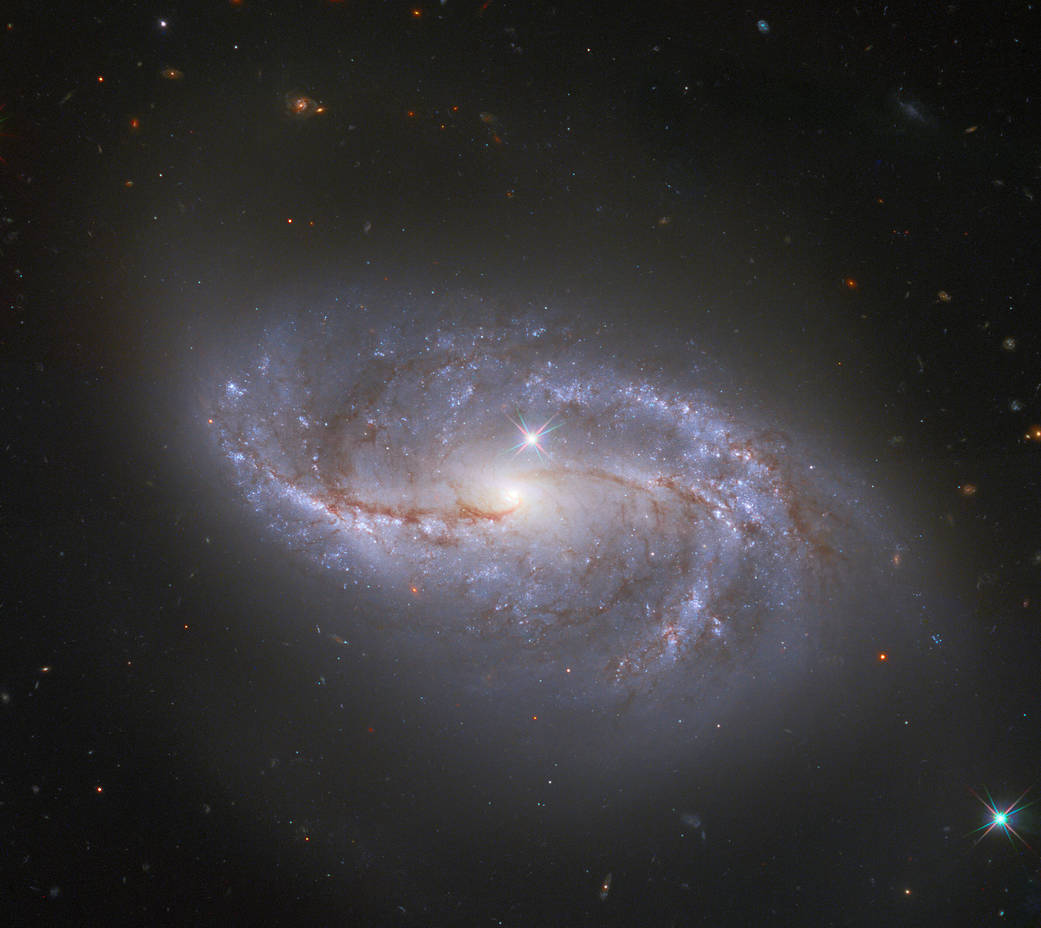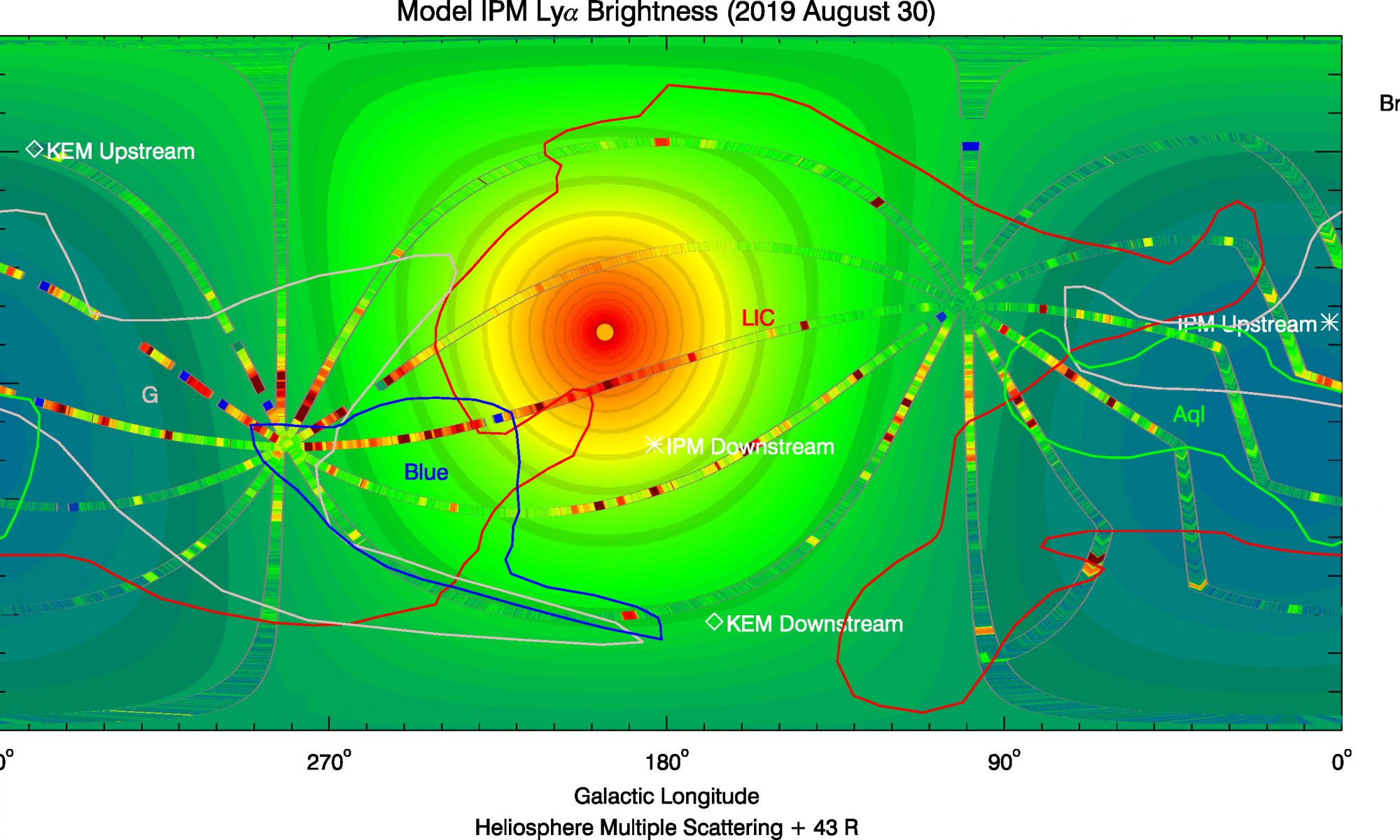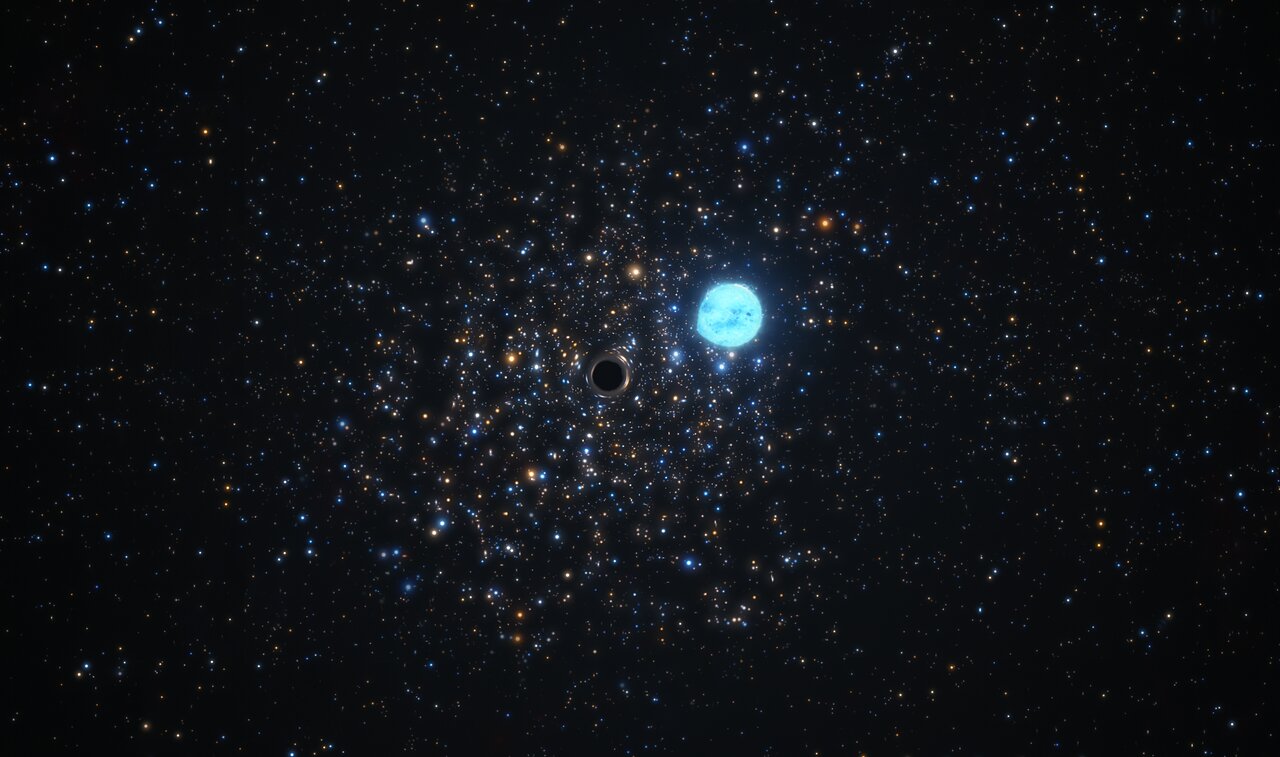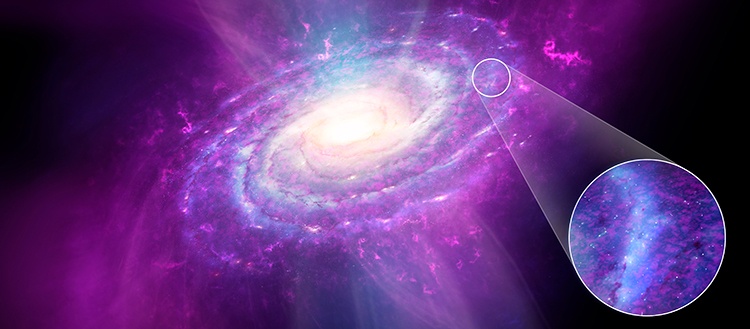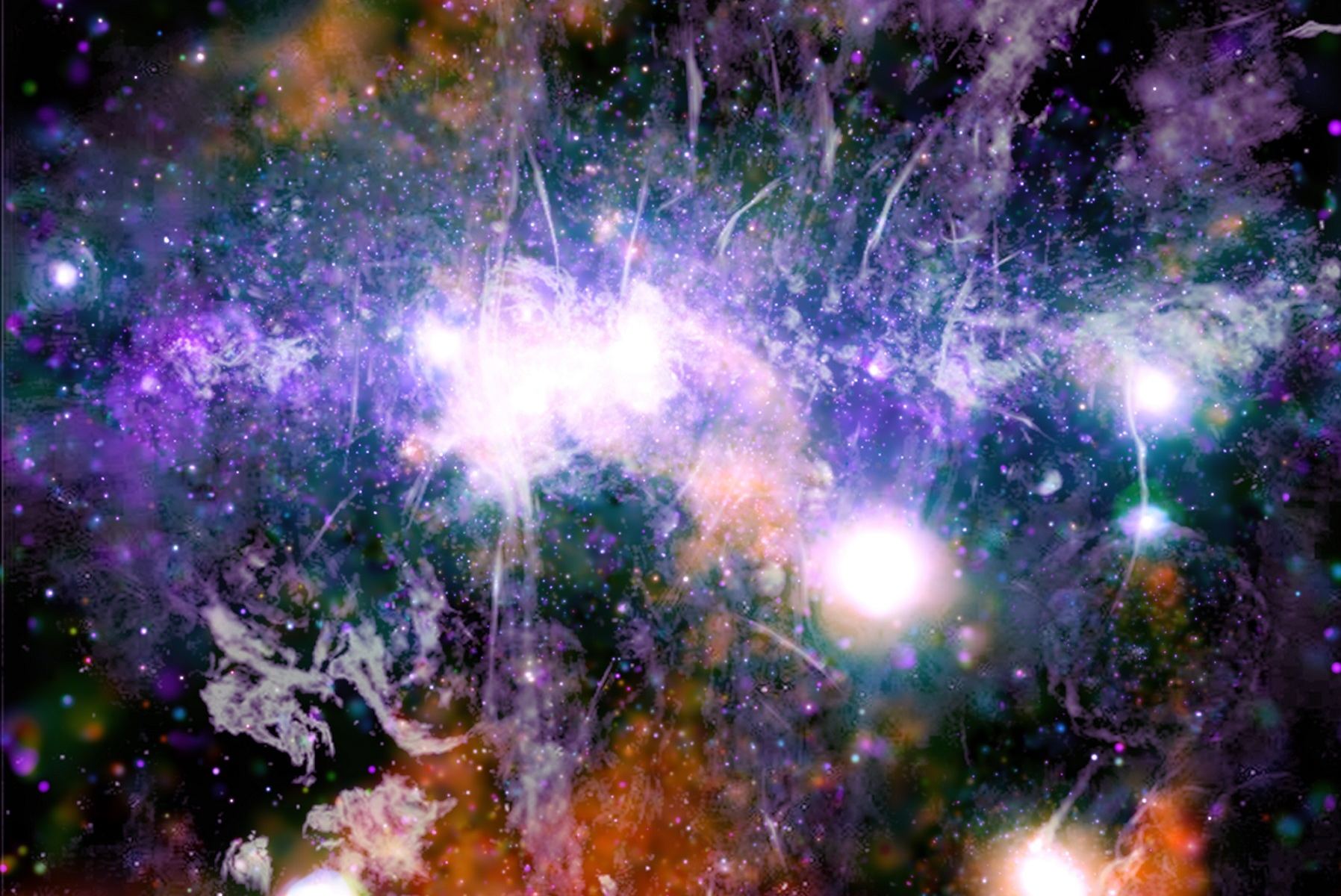A central aspect of galactic evolution is that they must eat or be eaten. Dark energy strives to push galaxies apart, but gravity tries to pull them together. As a result, galaxies tend to form into local groups. As these superclusters of galaxies become more isolated due to cosmic expansion, they gravitationally turn on each other, and in time the largest galaxies of the group will consume the smaller ones. The Milky Way is one of the larger galaxies in our local group, and so it has consumed smaller galaxies in the past. But piecing together the history of these galactic meals is a real challenge.
Continue reading “The Milky Way’s Most Recent Meal was a Galaxy it Gobbled up 8-10 Billion Years ago”The Milky Way’s Most Recent Meal was a Galaxy it Gobbled up 8-10 Billion Years ago
